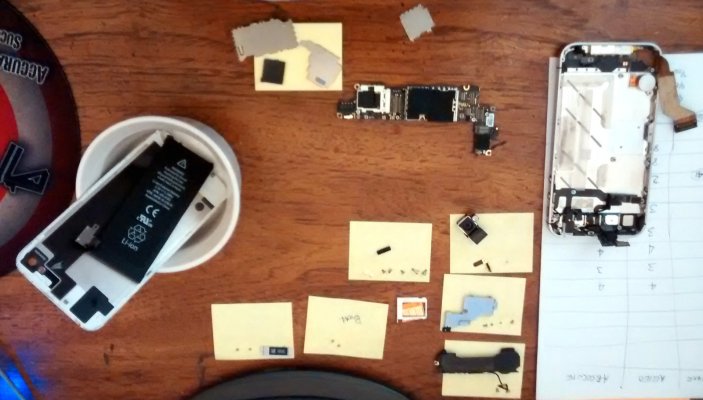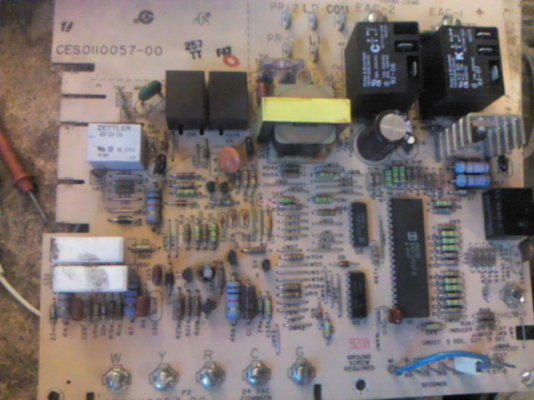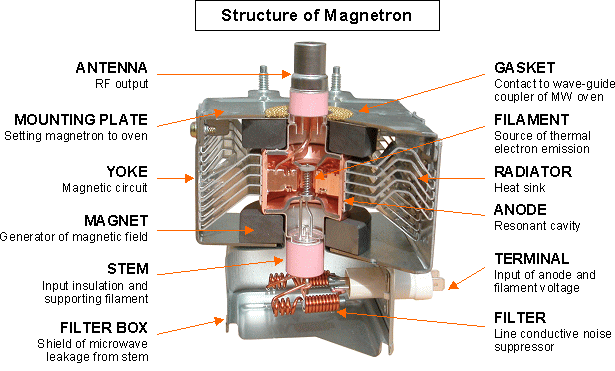I don't want to start a separate thread, so thought this might be a good place for electrical advice.
This one is so confusing, I'm not sure I can explain the problem correctly.
Last year before I closed down my park model for the winter, I had a problem with the wiring that I don't understand. Here's the basic set up.
Main box outside, with two circuits. One goes to the trailer, the other to the add-a-room. No breaker box on the "room".
The inside breaker box has separate circuits for Kitchen, bath, water heater, furnace, lights, air conditioner and slider, along with a Main.
Last year, a TV on the slider circuit burned up. Now, here's what I don't understand. When it happened, the bathroom lights dimmed. (not on the same circuit).
Everything then worked ok, so after plugging in a few appliances into the affected plug, I thought everything was ok. Plugged in a different TV... Bang... that one burned up too. It was the end of the season, and I figured to wait 'til this spring to have it checked.
This Spring, all worked fine... another tv worked well in the same socket. Since it was working, I decided not to call a serviceman, because... everything seemed ok.
Mid summer, twice, the lights dimmed for no apparent reason, but in a minute or two, all was okay again.
Last week, had 2 electric heaters plugged into the house circuit, and all was ok...
One heater on the kitchen circuit, the second heater on the light circuit. I was sleeping in the room with the slider circuit with a TV turned on.. Middle of the night a really loud "crack" and when I turned the lights on the TV was smoking. Unplugged the TV and all was ok again, with the heaters still working on the other circuits.
I took the Tv apart, (old tv) and found one of the cardboard tubes (capacitor?) had exploded.
The second circuit for the add-a-room worked fine. Nothing happened at the outside box.
So now I asked for advice for a good electrician, and called him. When I told him what had happened he told me he was too busy at the time, but that if I wanted it fixed right, I should call a guy from the next town... who would be able to fix it. He mentioned something about a bad ground at the outside main, but didn't elaborate.
Didn't sound too excited about working on it. That scares me.
It sounded to me as if it wasn't going to be an easy fix.
Yesterday I was back at the camp, turned on two heaters, and the main outside box breaker clicked off. Ten minutes later it cooled and worked again. that was the first time the outside box was tripped.
Certainly confusing to me.
I know this has to be fixed, but wondered if anyone here has a clue as to what might be wrong. The bad ground theory sounded like it might be the problem. Is there a way to check this with a meter? Any thoughts on the problem?
 oooopppps!!! That's as bad as "hot water heater"!
oooopppps!!! That's as bad as "hot water heater"!





